Topics
Category
Era
Festival Of Nations
The International Institute of Minnesota created the Festival of Nations in 1936 to celebrate the ethnicities and cultures of people living in Minnesota. Since then, the event has grown to reflect the increasing diversity of the state.
From its founding in 1919, the International Institute of Minnesota encouraged nationality groups to meet and connect with people who shared their cultures. These groups met in the “club rooms” at the St. Paul Young Women’s Christian Association (YWCA). The institute also hosted events to bring people from different cultural groups together.
In 1932, the institute held the first three-day “Homelands Exhibits” event at the YWCA. Fifteen nationality groups prepared cultural exhibits and sold ethnic desserts and drinks to the 3,500 visitors who attended. The institute then held a three-day “Folk Festival” at the St. Paul Civic Auditorium in 1934. This festival expanded to include Native Americans and twenty-eight cultural groups.
In 1936, the institute held the first event called “The Festival of Nations,” at the St. Paul Civic Auditorium. Architect Dorothy Ingemann designed a church front as the center of a world village. Decorated facades framed the ethnic and cultural groups’ food booths. This event established a pattern for the festivals that followed, which included cultural exhibits, international food cafes, ethnic dancing, and music performances.
After 1936, each festival was held once every three years. Cultural exhibits were organized around a theme, and participants brought items from their home countries for their cultures’ exhibit booths. Ethnic dance groups formed and practiced at the institute. Volunteers sewed ethnic costumes for the dance groups.
Dorothy Ingemann designed a town hall for the center of the 1939 festival’s International Village. African American Minnesotans first participated in the event during this festival. Crown Prince Frederick and Princess Ingrid of Denmark, who were touring the US, paid a visit.
When the institute held a festival in 1942, during World War II, the organizing committee adapted the event to address wartime concerns. The Germans chose to not participate in the dance program. Some Italians withdrew, but others decided to participate in the dance program. Both groups had exhibits and food booths.” Local clergy offered an interfaith prayer for peace.
There was a five-year break until the festival was held again in 1947, in which Japanese and Japanese Americans participated for the first time. The institute again began hosting the festival every three years starting in 1949. The 1949 festival coincided with the Minnesota Territorial Centennial, telling the story of ethnic groups arriving in Minnesota. Forty-four cultural groups participated.
The 1958 festival celebrated 100 years of Minnesota statehood. It lasted for four days that overlapped with a twelve-day trade exposition. Many state, national, and world leaders, including Princess Astrid of Norway and Prince Bertil of Sweden, attended the event.
Cubans first arrived to live permanently in Minnesota in 1960; four years later they participated in their first festival. Breaking with tradition, the event was held in November twice in that decade: once in 1964 and again in 1967, when its theme was “Nations in Harmony.”
When a project to build the St. Paul Civic Center began in 1970, the institute had to leave its downtown location at Kellogg and Exchange Streets to make room for construction. No festival was held again until 1973, when it was the first major event to be held in the new building. The institute made the Festival of Nations an annual event after 1979.
The 1980 festival included fifty-one ethnic groups, including, for the first time, Hmong and Laotian refugees. In 1983, the festival expanded to allow school groups to visit on Fridays during the school day. 5,000 students came that year. In 1991, Thursdays were added to the festival to allow more student groups to attend during the day.
US immigration laws changed in 1990 to allow more immigrants and refugees to the US, and in 1998, 100 ethnic groups participated in the festival. It was the first festival to be held in the St. Paul RiverCentre, which had been built adjacent to the Civic Center in that year. Refugees from Somalia first participated a year later, in the 1999 festival.
In the 2010s, the festival has evolved while retaining its original elements. In addition to ethnic dance and music performances and international food cafes, there are now bazaars, folk arts demonstrations, and information booths from community organizations. The purpose of the festival remains to build an appreciation of the rich cultural diversity in Minnesota. More than 1,000 volunteers helped run the 2018 festival, which drew 50,000 visitors.
Bibliography
International Institute of Minnesota records (IHRC 3257)
Immigration History Research Center Archives, University of Minnesota, Minneapolis
Description: Records (ca. 1920-1971) of the International Institute of Minnesota include minutes of the membership Council and Board of Directors (on microfilm), administrative records, educational program information, department records, materials documenting group services and activities, special programs, projects, and publications, community and national contacts, publicity, music, travel literature, case files, correspondence, photographs, and miscellany.
International Institute of Minnesota records (in-house collection)
International Institute, St. Paul, Minnesota
Description: The collection contains annual reports, newsletters, and scrapbooks documenting the history of the Festival of Nations.
Sickels, Alice L. Around the World in St. Paul. Minneapolis: University of Minnesota Press, 1945.
Related Resources
Secondary
Albert, Michael. They Chose Minnesota: A Survey of the State’s Ethnic Groups, edited by June Drenning Holmquist (558–571). St. Paul: Minnesota Historical Society Press, 1981.
Web
International Institute of Minnesota.
www.iimn.org
Festival of Nations.
www.festivalofnations.com
Related Images
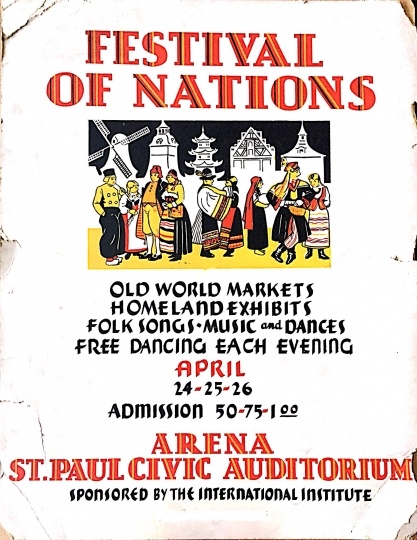
Original poster from the 1936 Festival of Nations
All rights reserved
Holding Location
Articles
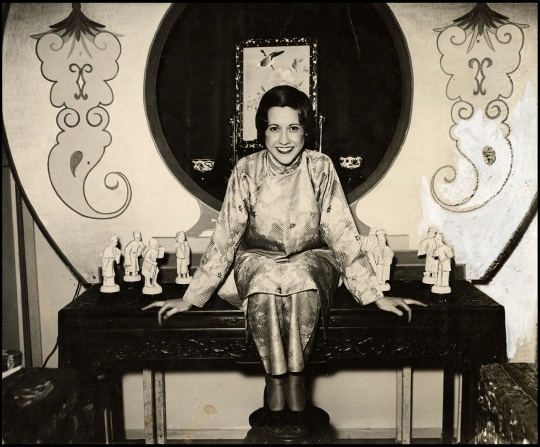
Booth at the 1934 St. Paul Folk Festival
All rights reserved
Holding Location
Articles
More Information
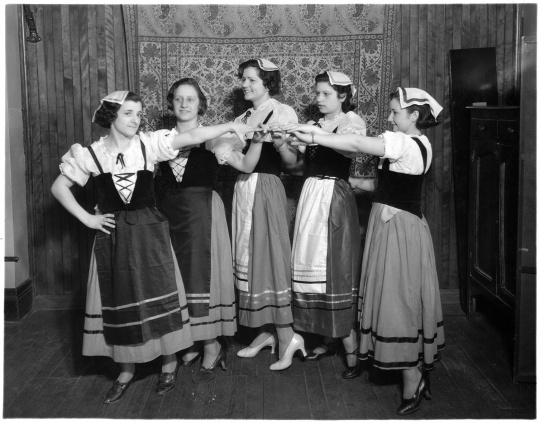
Italian folk dancers at the 1934 St. Paul Folk Festival
All rights reserved
Holding Location
Articles
More Information
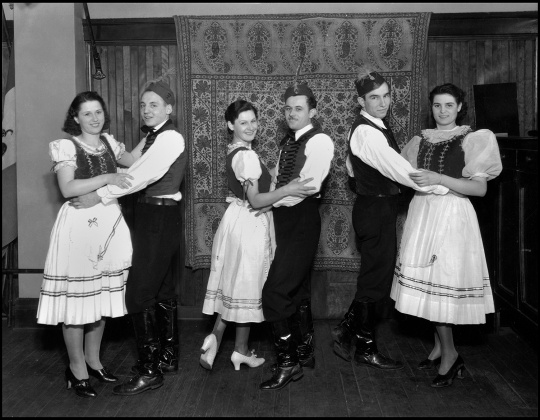
Hungarian folk dancers at the 1934 St. Paul Folk Festival
All rights reserved
Holding Location
Articles
More Information
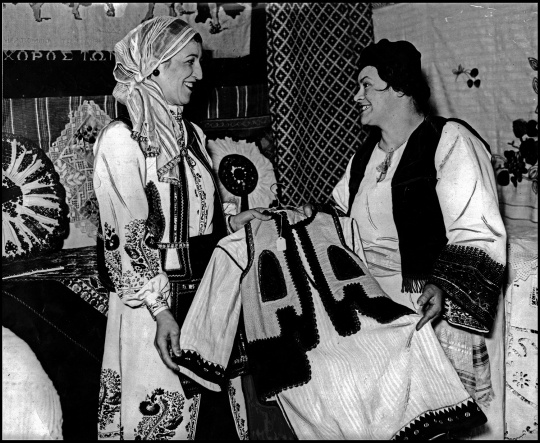
Greek booth at the 1934 St. Paul Folk Festival
Holding Location
Articles
More Information
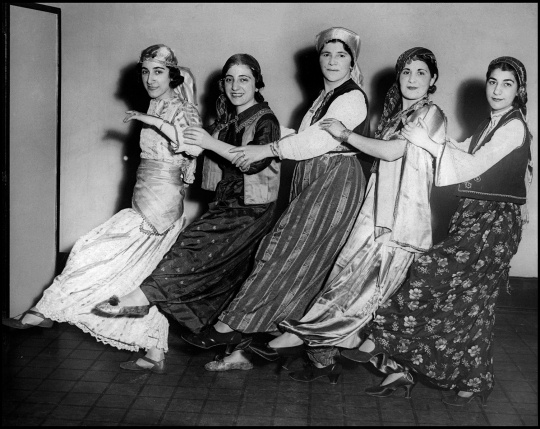
Armenian folk dancers at the 1934 St. Paul Folk Festival
Holding Location
Articles
More Information
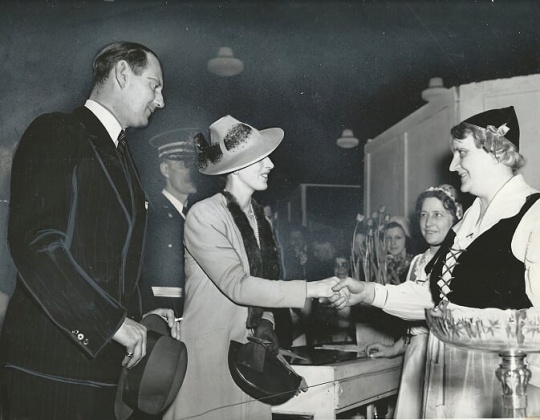
Danish royalty visiting the Festival of Nations
All rights reserved
Holding Location
Articles
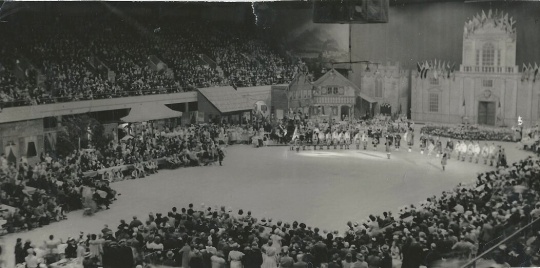
1942 Festival of Nations
All rights reserved
Holding Location
Articles
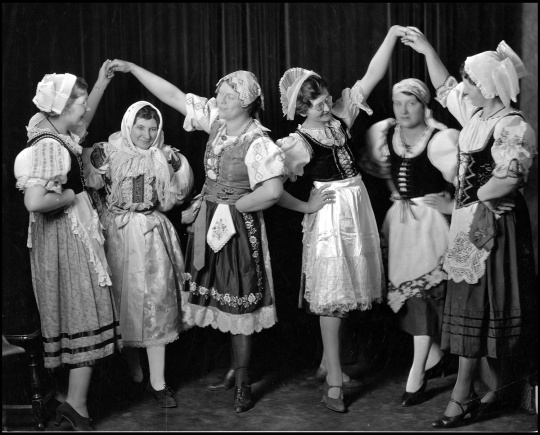
Czech folk dancers at the 1934 St. Paul Folk Festival
All rights reserved
Holding Location
Articles
More Information

1942 Festival of Nations market
All rights reserved
Holding Location
Articles
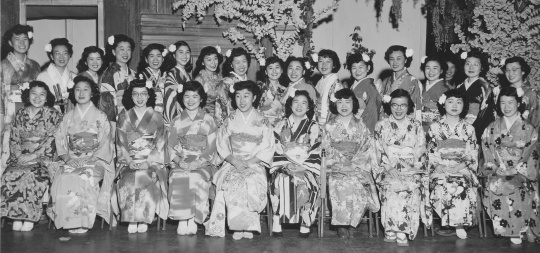
Japanese group at the 1949 Festival of Nations
All rights reserved
Holding Location
Articles
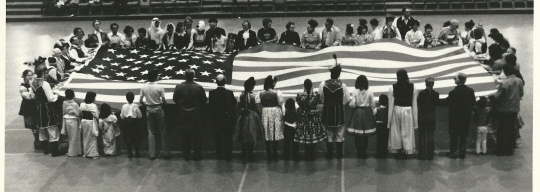
American flag presentation at the 1964 Festival of Nations
All rights reserved
Holding Location
Articles
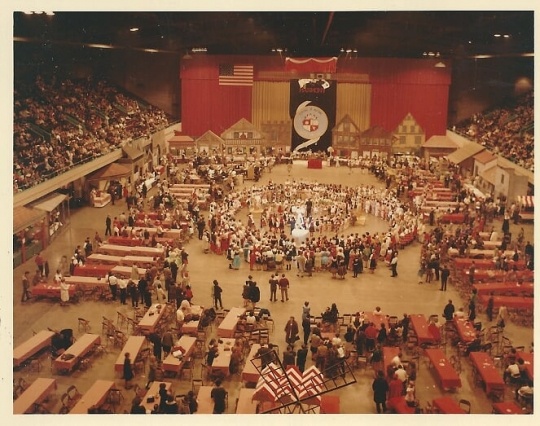
1967 Festival of Nations
Public domain
Holding Location
Articles
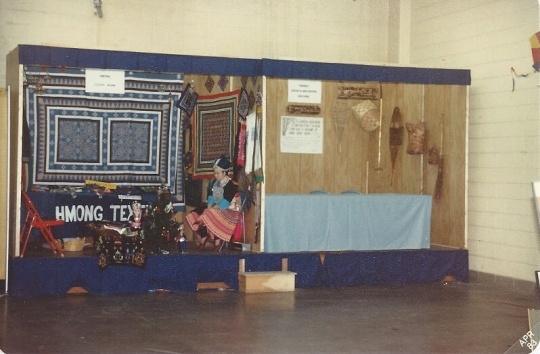
Hmong cultural exhibit 1983 Festival of Nations
All rights reserved
Holding Location
Articles
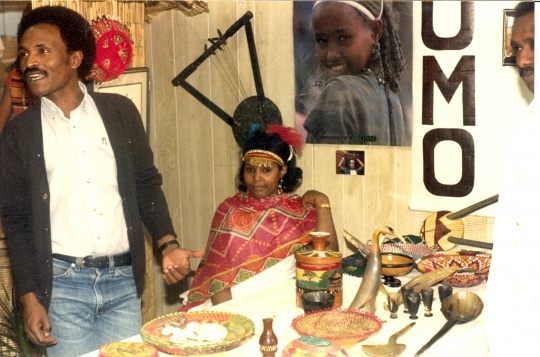
Oromo booth at the Festival of Nations
Holding Location
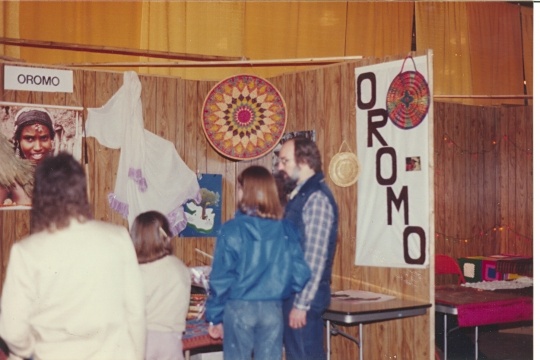
Oromo booth at the Festival of Nations
Holding Location
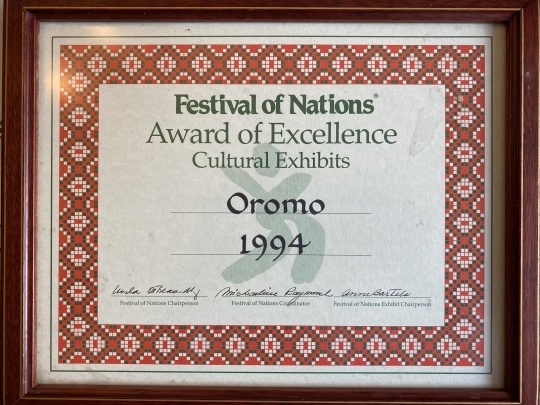
Award presented to the designers of a Oromo cultural exhibit at the Festival of Nations
Holding Location
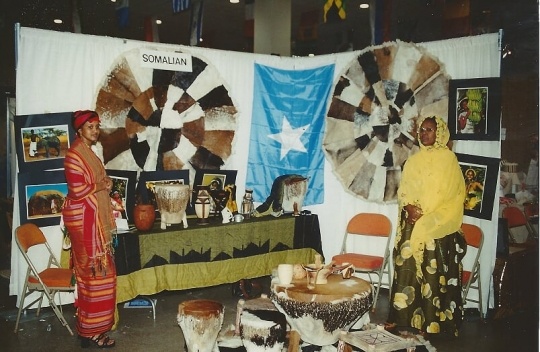
Somali cultural exhibit 1999 Festival of Nations
All rights reserved
Holding Location
Articles
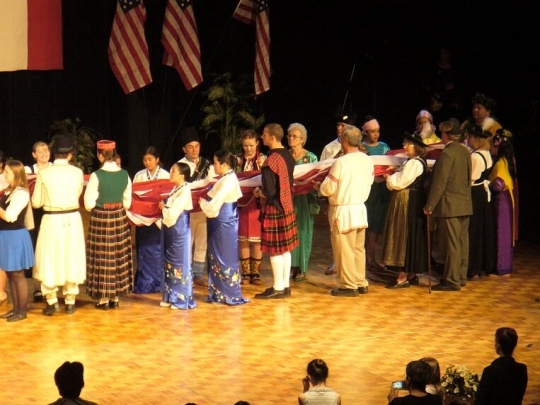
American flag ceremony
Public domain
Holding Location
Articles
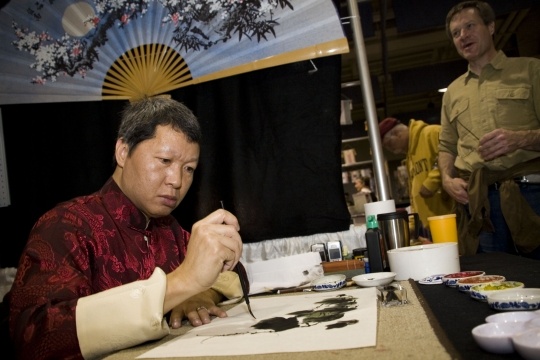
Chinese calligraphy demonstration at the 2008 Festival of Nations
Public domain
Holding Location
Articles
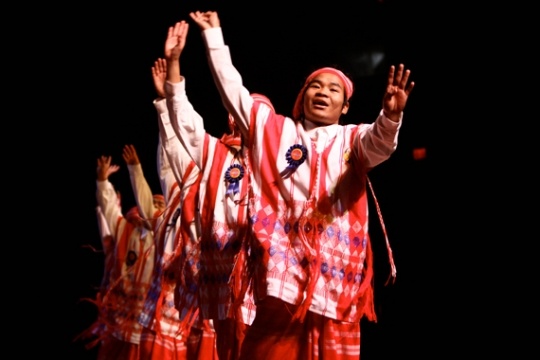
Karen dancers at the 2010 Festival of Nations
Public domain
Holding Location
Articles
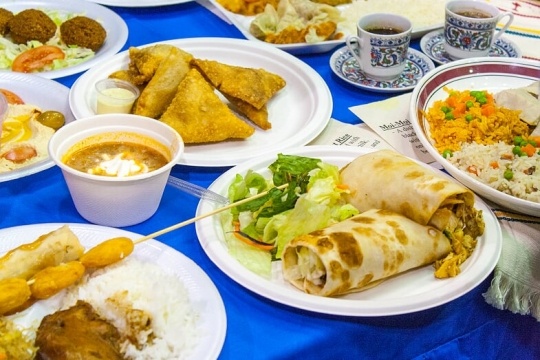
International foods offered at the 2012 Festival of Nations
All rights reserved
Holding Location
Articles
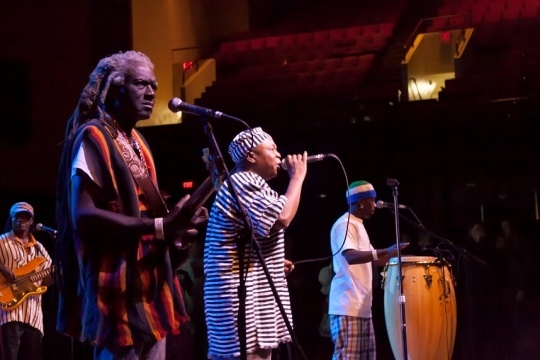
Sierra Leone Refugee All Stars performing at the 2013 Festival of Nations
All rights reserved
Holding Location
Articles
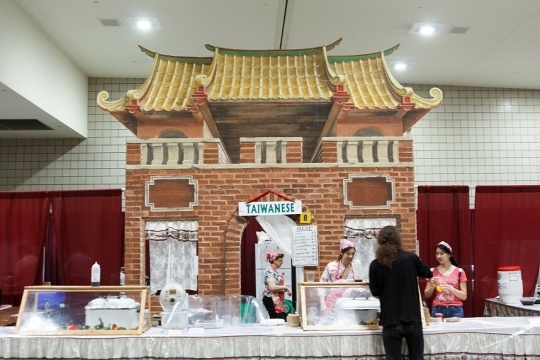
Taiwanese food booth at the 2018 Festival of Nations
All rights reserved
Holding Location
Articles
Related Articles
Turning Point
In 1936, the International Institute holds the first event called “The Festival of Nations” at the St. Paul Civic Auditorium. It features cultural exhibits, international food cafes, ethnic dancing, and music performances—elements that would endure as the event evolved throughout the twentieth century.
Chronology
1932
1936
1939
1942
1942
1944
1970
1973
1980
1980
1983
1991
1998
1998
2013
Bibliography
International Institute of Minnesota records (IHRC 3257)
Immigration History Research Center Archives, University of Minnesota, Minneapolis
Description: Records (ca. 1920-1971) of the International Institute of Minnesota include minutes of the membership Council and Board of Directors (on microfilm), administrative records, educational program information, department records, materials documenting group services and activities, special programs, projects, and publications, community and national contacts, publicity, music, travel literature, case files, correspondence, photographs, and miscellany.
International Institute of Minnesota records (in-house collection)
International Institute, St. Paul, Minnesota
Description: The collection contains annual reports, newsletters, and scrapbooks documenting the history of the Festival of Nations.
Sickels, Alice L. Around the World in St. Paul. Minneapolis: University of Minnesota Press, 1945.
Related Resources
Secondary
Albert, Michael. They Chose Minnesota: A Survey of the State’s Ethnic Groups, edited by June Drenning Holmquist (558–571). St. Paul: Minnesota Historical Society Press, 1981.
Web
International Institute of Minnesota.
www.iimn.org
Festival of Nations.
www.festivalofnations.com

























